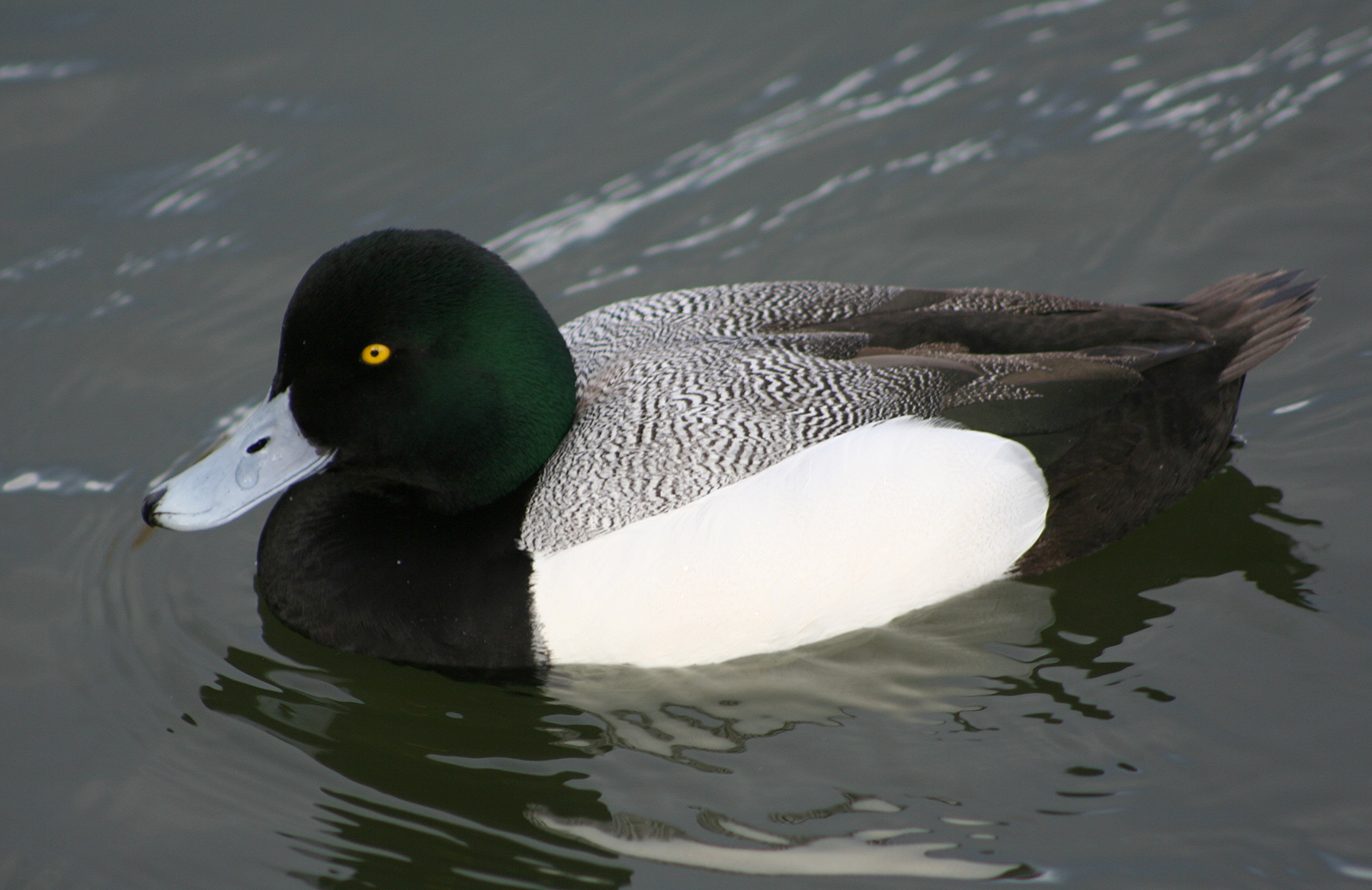Birds of Massachusetts
by Stan Tekiela
On this, my first bird-book review, I thought I might point out how tough it must be to write a field guide. Think back to your first field guide (mine was Peterson's Birds of Eastern and Central North America Fifth Edition) and all of the different variables it offered. What did you like and dislike? How large of a geographical area did it cover? Did it contain plate illustrations or photos? How much information did it contain for each species? How big was the book? And, perhaps one of the biggest editorial decisions the author and his editor had to make, how was it arranged? All of these might affect the way you approach birding as you sort out what information you need to ID birds in the field.
I picked out Birds of Massachusetts because, well, I'm from Massachusetts and while my BoEaCNA had provided everything I knew and used up to that point, I was getting a little frustrated with its physical size, its geographical size, and its illustrations (to all Petersonites out there, don't stop reading just yet!). It was too large of a book to flip through quickly, though admittedly any book will have some degree of this; I would sometimes get hung up on studying a bird's field marks in the book only to find out the bird was found nowhere near Mass.; and those wonderful illustrations, well, sometimes the bird I was looking at just didn't look like the one in the book. All of these are limitations of being a field guide, not necessarily just the Peterson, and I took my frustration to be a sign of needing to try something new.
BoM was nearly the opposite of the Peterson in the above respects: small, much more regional, and filled with photos of birds not simply an artist's rendering. After reading it I must now say "You don't know what you've got til it's gone." Mr. Tekiela, about whom I've heard and read nothing but impressive things regarding his knowledge of nature and his talent as a naturalist, has written an excellent field guide for the just-starting-out birder. I work with a few people who love watching birds at the feeder and occasional duck-feeding park trips, but who aren't interested in pursuing birding any more than that--this is the perfect book for them. It's small enough to keep in a car or on a little table near the window. Each species is treated with a two-page spread, photo on the left, text on the right. Species are arranged by dominant color, with tabs at the top of the page to aid in rapidly flipping to the color you need to find. Sexually dimorphic species are treated to two separate entries. A map of the state shows where and when each species might be found. All of these add up to the beginning birder's first field guide: an intuitively arranged small book with large photos and individual entries for each species in a localized area. Phew!
As I keep mentioning, many qualities of field guides are double-edged swords. The color-based arrangement, as intuitive and helpful it may be to the beginning birder, is inherently problematic. Species from one family are usually mixed in with those from another that happen to have the same color, so rather than being able to compare, say, ducks over a few pages, they are spread out over the entire book. The photos, while usually helpful and always beautiful (Check out the modern-day Audubonesque Eastern Kingbird on page 202! I wish I had that kind of luck!) sometimes don't even have the relevant field marks on display (the White-crowned Sparrow, in the brown section, with a photo taken from a perspective that shows no brown--few experienced birders would get confused, but the beginning birder might). The text has standard facts for each species, but do we need to know the egg color, clutch size and fledging information. There are other books that cover this information that is often supplemental to the field observation. The most glaring error in this book, which should have been caught at some point, is this discrepancy in two species' notes:
"The male Lesser Scaup is nearly identical to the slightly larger,
but less common, male Greater Scaup." (page 39) [emphasis mine]
"[The Greater Scaup] is by far
more common than the Lesser Scaup..." (page 43) [emphasis mine]


Lesser Scaup (left) and Greater Scaup (right)
Which of you did I see at Siders Pond last week, based on likelihood of being in Massachusetts?
As a middling birder who is struggling with his scaup identification, these were some of the first birds I looked up and, to tell you the truth, I still don't know which bird is more common.
In the end, this little book showed me the large amount of work that goes into planning a field guide. Differences in style have a great impact on how one identifies a bird in the field, and while reader preference will largely determine which guide is used, Mr. Tekiela's Birds of Massachusetts seems to provide most of the information the novice birder would need. For the birder who already has a shelf of bird books, this one won't take the place of any of them, but it might make a good spark book for someone else!
(photos courtesy of wikimedia)






